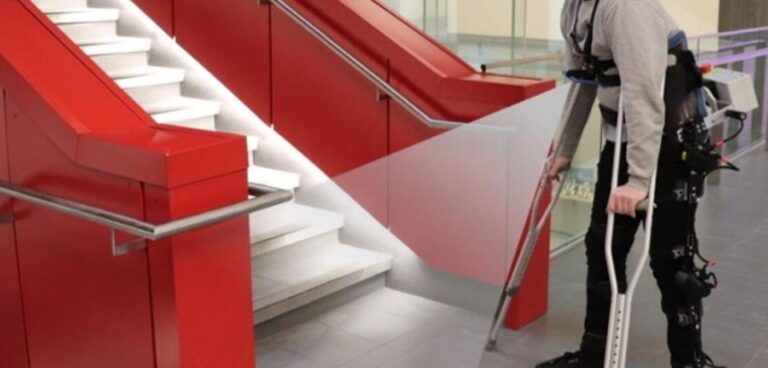Researchers at the University of Waterloo in Ontario, Canada are developing exoskeleton legs capable of making control decisions using AI technology.
The ExoNet project’s system combines computer vision and deep-learning AI to mimic how able-bodied people walk by seeing their surroundings and adjusting their movements.
Brokoslaw Laschowski, project lead and PhD candidate in systems design engineering, University of Waterloo, said: “We’re giving robotic exoskeletons vision so they can control themselves.”
Current motor-operated exoskeleton legs have to be manually controlled by users, smartphone applications or joysticks, which “can be inconvenient and cognitively demanding,” according to Laschowski.
“Every time you want to perform a new locomotor activity, you have to stop, take out your smartphone and select the desired mode,” he added
To address this limitation, researchers fitted exoskeleton users with wearable cameras and are now optimising AI computer software to process the video feed, which accurately recognises stairs, doors and other features of the surrounding environment.
The next phase of the project will involve sending instructions to motors so that robotic exoskeletons can climb stairs, avoid obstacles or take other appropriate actions based on analysis of the user’s current movement and the upcoming terrain.
“Our control approach wouldn’t necessarily require human thought,” said Laschowski. “Similar to autonomous cars that drive themselves, we’re designing autonomous exoskeletons that walk for themselves.”
Furthermore, the team is working to improve the energy efficiency of motors for robotic exoskeletons by using human motion to self-charge the batteries.









